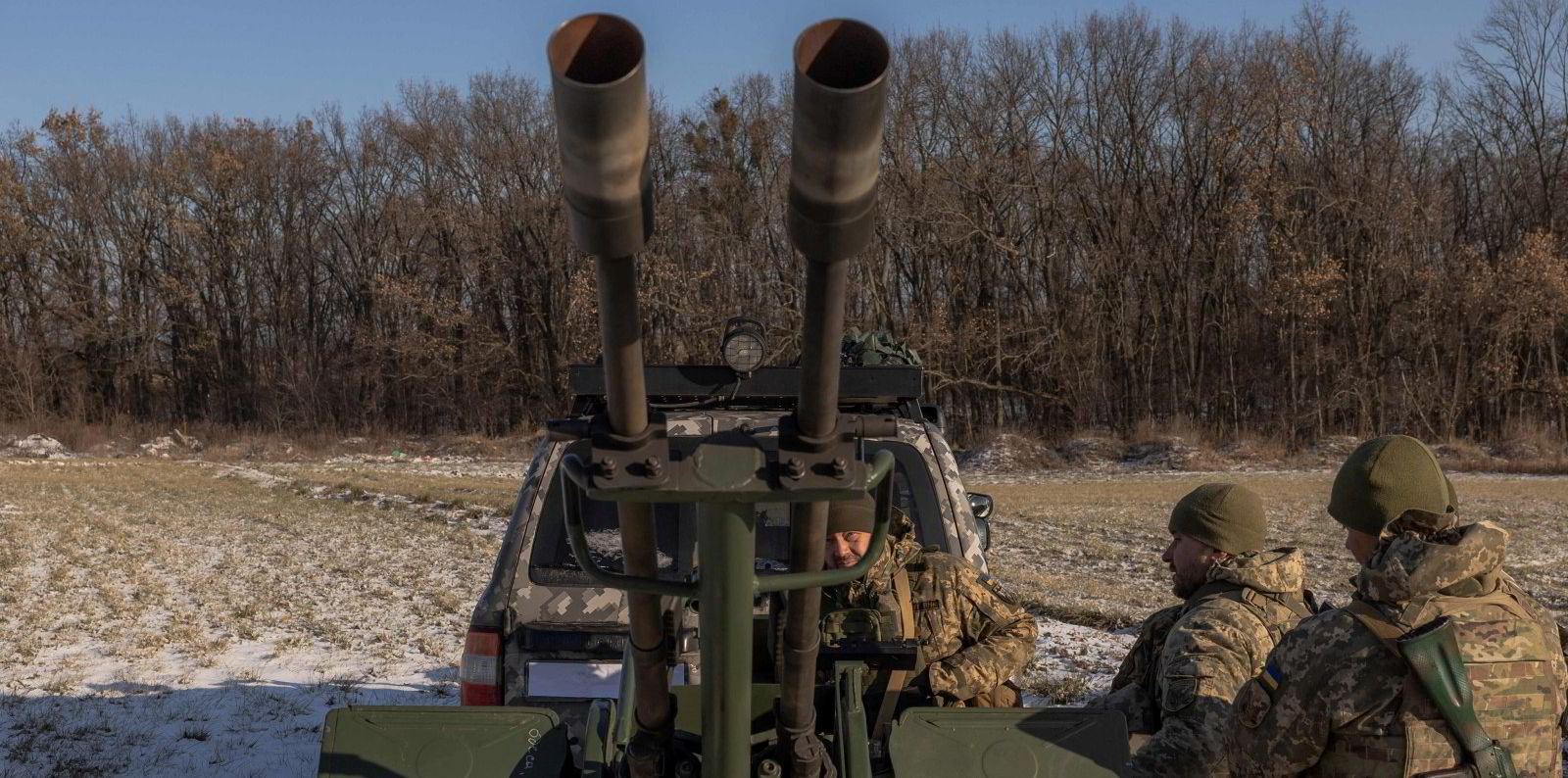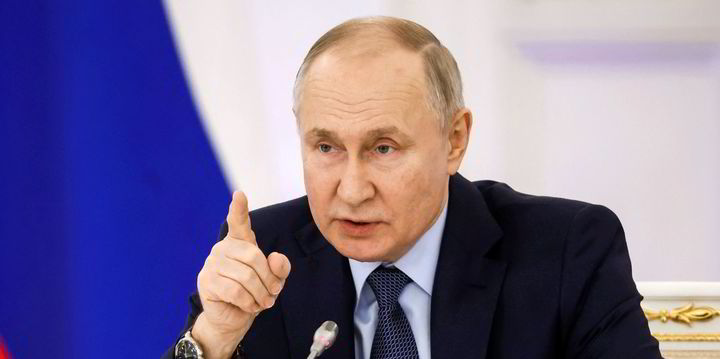Russia’s oil and gas producers are being urged by the government to install arsenals at their installations to ward off Ukrainian drone attacks.
President Vladimir Putin has agreed changes to legislation allowing anti-drone weapons to be sold to and used by privately held agencies that producers contract to protect their facilities.
Russian authorities recorded 45 attacks on energy facilities in the first half of this year, although only several successful attacks have been reported in the country’s media.
Until now, only the police, the armed forces and wholly owned security units of state-controlled gas giant Gazprom, oil pipeline operator Transneft and the nation’s largest oil producer have been permitted to keep and use arms to fire at drones that have repeatedly attacked oil and gas-related structures in the south and southwest of Russia.
However, Russian authorities estimate that 80% of Russian energy installations are guarded by privately owned security agencies that have no legal permission to keep and use anti-drone weapons — often based on modified high-speed machine guns, cannons, radio interceptors and signal jammers.
Drones, widely believed to have flown in from Ukraine, have targeted mainly oil refineries in the south of Russia — said to be major suppliers of fuels to the Russian military — oil pipeline pumping stations operated by Transneft in central and southwestern parts of the country, and oil and fuel storage depots.
Article continues below the advert
An attack by sea drones earlier this year halted loadings of Russian and Kazakh oil from the Russian port of Novorossiysk on the Black Sea and a nearby marine oil export terminal operated by Caspian Pipeline Consortium for several hours.
Changes to the law will establish the legal framework for private security agencies serving Russian oil producers to operate and engage firearms against aerial, surface and underwater drones that may be used by Ukraine — which Russia invaded in February 2022.
Earlier this month, Ukraine President Volodymyr Zelensky revealed a plan for the country to produce about 1 million drones in 2024.

Ukraine’s state-run military conglomerate Ukroboronprom is gearing up to begin mass production of heavy kamikaze aerial drones similar to Shahed units, its executive director German Smetanin told a Kyiv-based newspaper in November.
Russia buys Shehed drones from Iran, but is preparing to make its own in the oil-rich region of Tatarstan.
This model is the most commonly used in attacks against Ukraine’s towns and cities since the northern hemisphere autumn of 2022.
